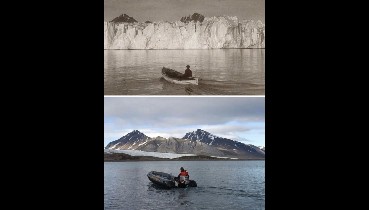
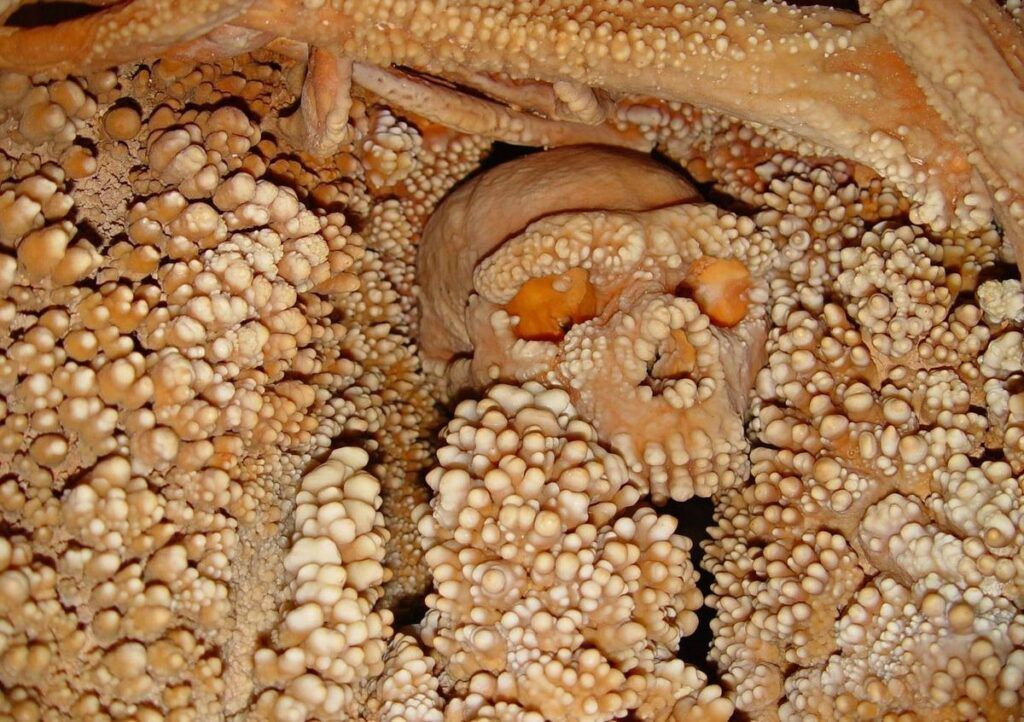
Why the Most Complete Neanderthal Skeleton Ever Discovered Remains Locked in Stone
The discovery of the Altamura Man, an almost complete Neanderthal skeleton encased in limestone within a cave in southern Italy, is one of the most significant findings in paleoanthropology over the last 100 years.
This rare and well-preserved specimen offers valuable insights into Neanderthal life. Yet, its extraction remains an elusive challenge, almost impossible due to the geological environment it’s embedded in.
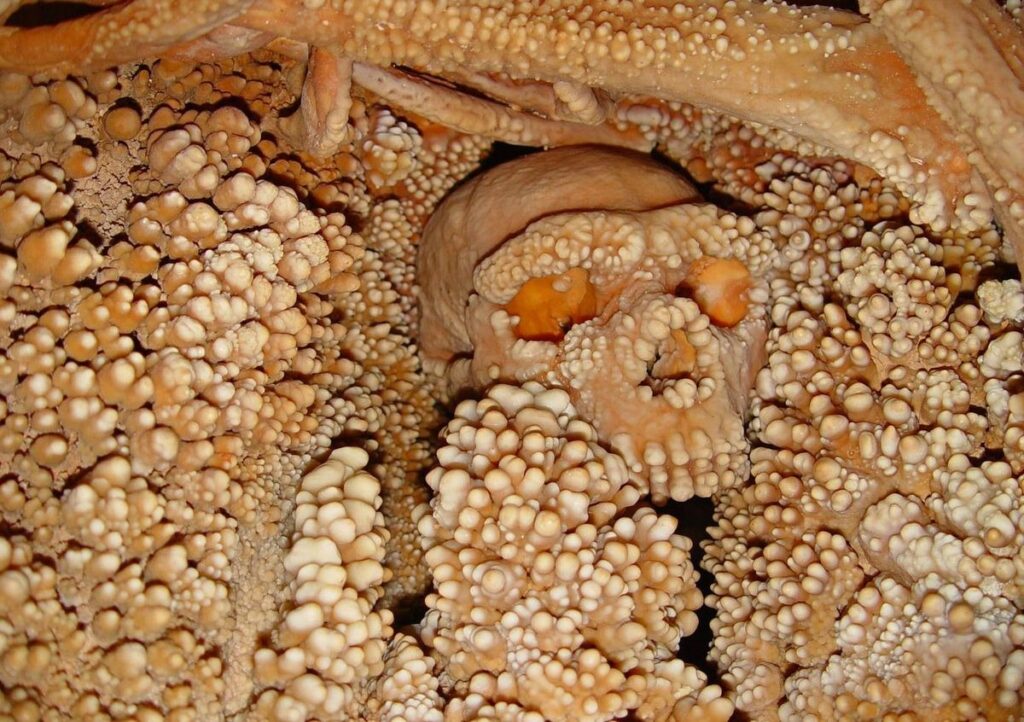
Discovery and Initial Investigations
The Altamura Man was discovered in 1993 in the Lamalunga Cave near Altamura, Italy. The 130,000 to 172,000 year old skeleton is considered one of the most complete Neanderthal skeletons ever found.
Unlike many other Neanderthal fossils that are often fragmented, the Altamura Man is nearly fully intact, with a majority of the bones visible, though heavily encrusted with calcite deposits that have preserved it in a natural tomb.
The initial identification of the skeleton was challenging. For many years, there was uncertainty about whether the remains belonged to a Neanderthal or an early Homo sapiens.
It was not until a piece of the right shoulder blade was removed in 2009 for DNA analysis that the remains were confirmed to be those of a Neanderthal.
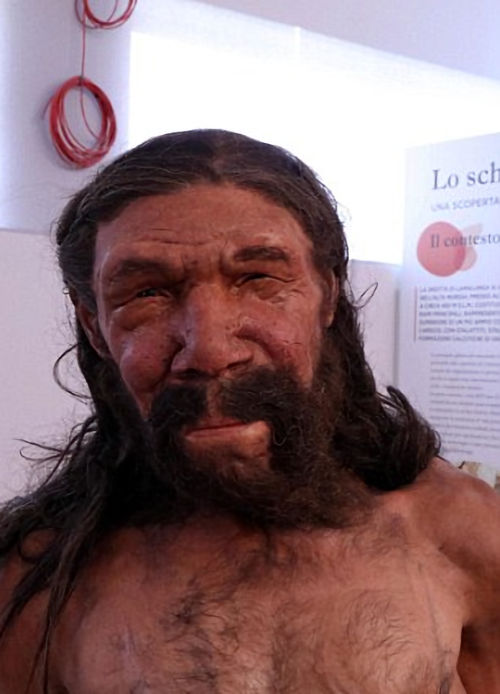
The Geological Challenge
The unique location and the condition of the Altamura Man have posed significant challenges for researchers. The skeleton is embedded in a karstic cave system, a limestone structure characterized by underground drainage systems with sinkholes and caves.
Over millennia, mineral-rich water flowing through the cave has left thick calcite deposits over the bones, effectively cementing them into the cave wall.
This natural process, while preserving the skeleton in remarkable detail, has also made its extraction nearly impossible.

The delicate nature of the cave environment has further complicated efforts to excavate the skeleton.
The limestone cave is a fragile geological structure, so removing the skeleton would risk damaging both the specimen and the cave itself. The technical challenge of safely removing the calcified bones without causing irreparable damage is formidable.
Scientific Significance and Current Studies
Despite the inability to physically remove the skeleton for study in a laboratory, scientists have still managed to glean substantial information through noninvasive methods.
Studies have employed advanced imaging techniques, such as 3D reconstruction, to analyze the visible portions of the skeleton in situ.
These studies have provided insights into the morphology and health of the Altamura Man, revealing aspects of his diet, dental health, and even the wear patterns on his teeth, which suggest how he used them as tools.
Recent analyses have focused on the skull, which exhibits a mix of archaic and derived Neanderthal features, indicating that the Altamura Man may belong to an early population of Neanderthals.
This has led researchers to hypothesize that he may represent a lineage that was not directly consistent with later Neanderthal populations.
The unique preservation of the Altamura Man also offers a rare opportunity to study the fossilization process.
The interaction between the bones and the calcite deposits provides clues about the environmental conditions in the cave over thousands of years, contributing to our understanding of how such fossils are preserved over geological timescales.
Ethical and Practical Considerations
The question of whether to attempt an excavation of the Altamura Man is not merely a technical one. It also involves significant ethical considerations.
The skeleton’s location and the way it is embedded in the cave have led some to argue that it should be left in situ to preserve the site as it is.
The potential scientific gains from studying the skeleton in a laboratory must be weighed against the risks of damaging this invaluable archaeological and natural site.
For now, the Altamura Man remains where he has rested for more than a hundred millennia. The possibility of future technological advancements raises the hope that one day, it may be possible to study the skeleton more closely without the risks currently associated with its extraction.
Until then, researchers continue to study the skeleton using the tools and techniques available, gradually uncovering the story of this Neanderthal and the world he lived in.
Recommended Videos
 10 Famous Tree Tunnels326 views
10 Famous Tree Tunnels326 views This beauty is a digitalis campanulata (foxglove).4580 views
This beauty is a digitalis campanulata (foxglove).4580 views-
Advertisements
 The large frogmouth (Batrachostomus auritus)553 views
The large frogmouth (Batrachostomus auritus)553 views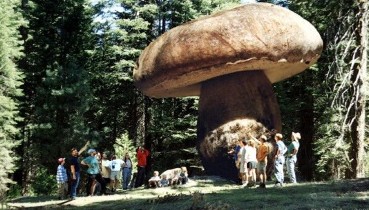 This 2,400 Year Old Mushroom Is The Largest Living Organism On The Planet849 views
This 2,400 Year Old Mushroom Is The Largest Living Organism On The Planet849 views Macro Photography Captures the Delicate Dance of Mantises in Malaysia95 views
Macro Photography Captures the Delicate Dance of Mantises in Malaysia95 views Extremely Rare 180-Million-Year-Old Giant “Sea Dragon” Fossil Discovered In UK196 views
Extremely Rare 180-Million-Year-Old Giant “Sea Dragon” Fossil Discovered In UK196 views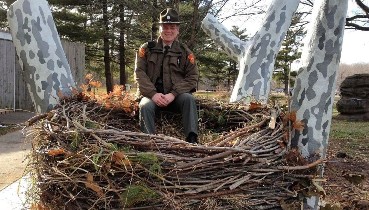 Bald Eagles Are Huge But Wait Till You See Their Nests132 views
Bald Eagles Are Huge But Wait Till You See Their Nests132 views A Frog Riding a Beetle: Is This a Real Wildlife Photo or a Bunch of BS?350 views
A Frog Riding a Beetle: Is This a Real Wildlife Photo or a Bunch of BS?350 views
